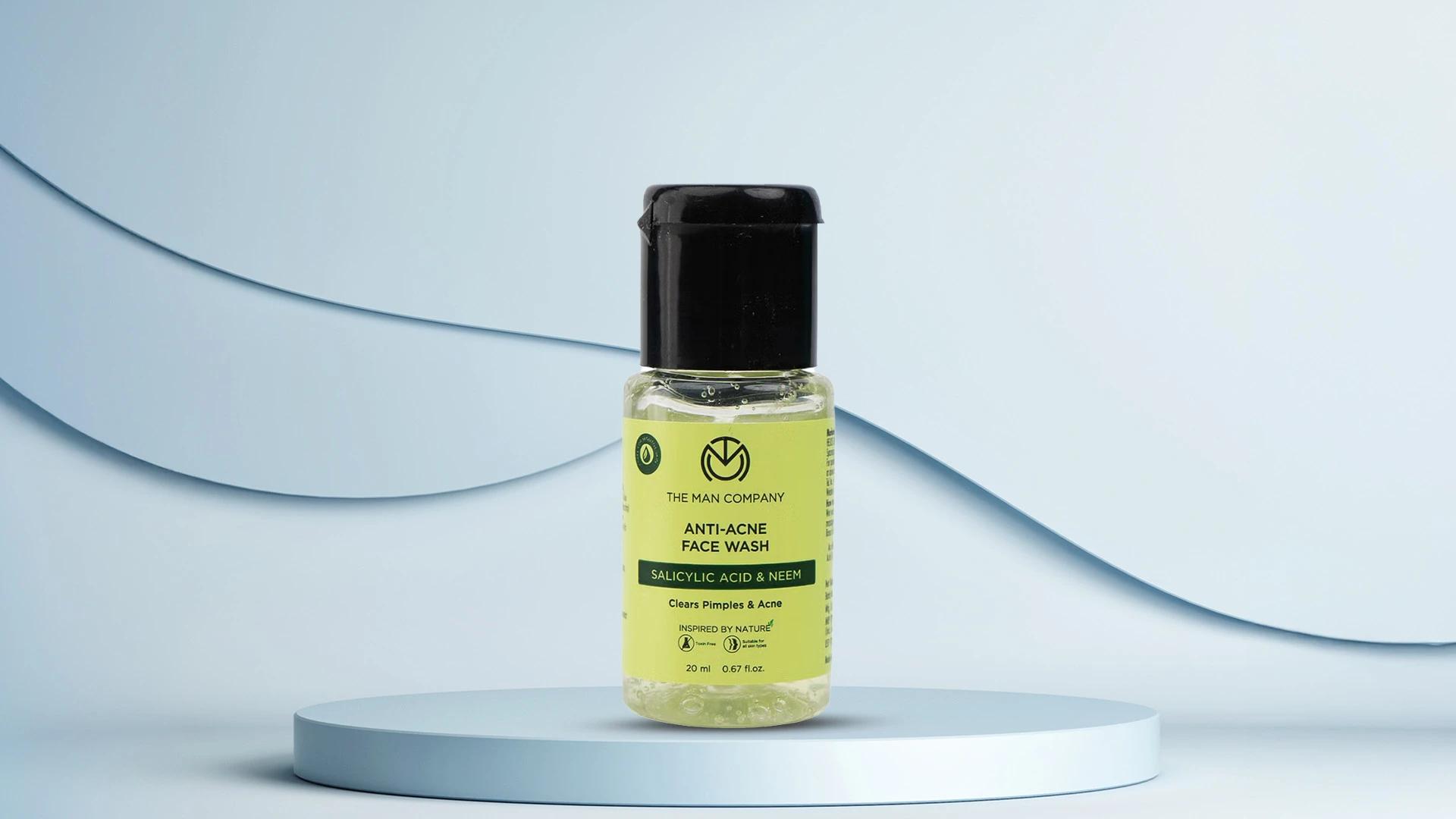If you've been battling stubborn spots and wondering whether salicylic acid serum might just become your next skincare fave, you're not alone. This **beta hydroxy acid** has become quite the hero ingredient for anyone dealing with breakouts, blackheads, or generally congested skin. Unlike those harsh scrubs that leave your face feeling raw, salicylic acid serum works as a gentle yet effective acne treatment that gets deep into your pores. Think of it as your skin's personal cleaner—it knows exactly where to go and what to tackle. Let's dive into how this clever little serum can transform your skincare routine and why it might be worth a try.
Understanding Salicylic Acid Serum
Salicylic acid is a **beta hydroxy acid** that's naturally derived from willow bark, though most skincare versions are synthetically made for consistency. What makes it special is its ability to be oil-soluble, meaning it can dive deep into your pores rather than just sitting on the surface like some other acids. When formulated as a serum, salicylic acid becomes incredibly targeted and potent. The serum format allows for better penetration and more precise application compared to cleansers that get washed off immediately.
Key Benefits for Acne Treatment
As a **pore-clearing solution**, salicylic acid works by dissolving the gunk that clogs your pores—dead skin cells, excess oil, and general debris. Its exfoliating properties mean it's constantly working to resurface your skin, revealing fresher layers underneath. Plus, it has **anti-inflammatory skincare** benefits that help calm existing breakouts whilst preventing new ones from forming.
Choosing the Right Salicylic Acid Serum
Not all salicylic acid serums are created equal, and finding your perfect match depends on a few key factors. The concentration is crucial—beginners should start with 0.5% to 1%, whilst those with more resilient skin might handle up to 2%. Your skin type also matters; oily skin can typically tolerate higher concentrations more frequently, whilst sensitive skin needs a gentler approach. Look for serums that combine salicylic acid with hydrating ingredients to prevent over-drying.
Important Ingredients to Look For
The best salicylic acid serums often include complementary ingredients like niacinamide for **blemish control** or hyaluronic acid for hydration. Avoid serums packed with too many active ingredients initially—your skin needs time to adjust. Fragrance-free formulas are generally safer, especially if you're prone to sensitivity.


 Combo
Combo 30 ml
30 ml Combo
Combo Combo
Combo